When did Red Nose Day start and why do we celebrate it?
The superhero of charity events, Red Nose Day sees people all over the world raise money to tackle poverty and worldwide injustices


Red Nose Day is on the horizon and as schools, shops and businesses start their fundraising, many are keen to know when did Red Nose Day start?
Comic Relief has announced that Red Nose Day will be back for 2024 and, as usual, many will be buying their Red noses for this year (which are now made from plant-based materials and fully recyclable), and gearing up for a day of wacky fundraising challenges – all in the name of doing something 'funny for money'. Comic Relief has also revealed a new fundraising challenge 'Snow Going Back' that sees Laura Whitmore, Vicky Pattison, Sara Davies and Alex Scott push themselves to the limit in the freezing temperatures of the Arctic Circle.
Fans of the biannual funny day might be surprised to learn that the event has really stood the test of time, raising much needed funds for vulnerable people in the UK and Africa. Ahead of the 2024 telethon, here's everything to know about when Red Nose Day started and why we celebrate it.
When did Red Nose Day start?
The very first Red Nose Day was televised on BBC One on Friday 5th February 1988. With 30 million viewers tuned in to watch a special of Blackadder and characters of The Young Ones take on University Challenge, the event featured over 150 celebrities and comedians and raised £15 million in total.
Red Nose Day 1988 also featured the original red nose – a simple plain red ball that founders Sir Lenny Henry and Richard Curtis wanted to symbolise their charity. For 2024, the charity has released four fun characters to collect – Gigglesworth, McChortles, Smirklethorpe and Lol E Pops, as well as a one in 166 chance of getting your hands on The Golden Hooter, a limited edition nose plated in 24 carat gold leaf.
In a 2013 interview with The Telegraph, Comic Relief co-founder Sir Lenny Henry looked back on the first Red Nose Day. He said: "Comic Relief these days is much more in line with shiny-floor shows like The X Factor – fast, zappy, presenter-led – but we were just asking everybody to be kind and help.
"Everything went wrong, of course – the autocue stopped, someone tried to do some magic and it didn’t work, Frankie Howerd came on and wouldn’t stop talking – but people were really moved by the films. I thought that if I made people laugh, and donate, then maybe the kids I visited in the Kibera slum in Kenya wouldn’t have to live in a room with a sewer running down the middle of it."
GoodtoKnow Newsletter
Parenting advice, hot topics, best buys and family finance tips delivered straight to your inbox.
When was Comic Relief founded?
Comic Relief is the charity behind both Red Nose Day and Sports Relief, and it was founded in 1985 by screenwriter Richard Curtis and comedian Sir Lenny Henry.
On Christmas Day 1985, Comic Relief launched live from the Safawa Refugee Camp in Sudan on BBC One. The charity was initially set up in response to famine in Ethiopia, though it has since evolved to raise money for vulnerable and disadvantaged people in both the UK and in Africa.
Though the first Red Nose Day didn't start till 1988, there was a big fundraising evening held two years prior in April 1986 which involved British comedy stars including Rowan Atkinson, Billy Connolly and Steven Fry.
1986 also saw the release of the first Comic Relief single. Singer Cliff Richard was joined by the cast of The Young Ones to re-record his hit Living Doll. The single reached Number One in the UK charts and all proceeds were donated to the charity. Other stars who recorded a Number One single for Comic Relief include the Spice Girls, Cher, Westlife and Sam Smith. In December 2001, the charity announced Sport Relief. Alternating years with Red Nose Day, the biennial event encourages people to get active with their fundraisers for Comic Relief.
A photo posted by comicrelief on
In 2023, the British public collectively raised £31,952,141 and the night of TV saw a star-studded cast including Ewan McGregor, Alison Hammond and Rosie Jones gathered round The Traitors Round Table in the ultimate game of deception as Claudia Winkleman met…Claudia Winkleman, as well as musical performances from global superstars Zara Larsson and Tom Grennan.
David Tennant told Comic Relief: "Red Nose Day holds such a special place in my heart and It’s always such an honour to be involved. People all over the world truly are facing the toughest times of their lives – we’ve seen it tonight – but your generosity and kindness can make all the difference. Seeing people across the country get involved to do and give whatever they can, whilst facing really difficult times at home, is just extraordinary. We hope we’ve given you all a good laugh tonight and you’re ending this fantastic evening knowing how amazing you are. We’re so grateful for everything."
Why do we celebrate Red Nose Day?
Red Nose Day encourages comedy and people doing something silly in order to raise funds for the charity Comic Relief. In response to donations and the public's generosity, stars from the world of film, TV and comedy come together to put on special entertainment as part of a telethon broadcast live on Red Nose Day itself.
This year’s TV event takes place on Friday 15 March, and will focus on the cost of living crisis as millions of people in the UK and across the world need support now more than ever.
Hosted by AJ Odudu and Joel Dommett – alongside famous faces such as Alex Jones, Alison Hammond, Davina McCall, Gemma Collins, Dame Joan Collins, Jonathan Bailey, Nick Grimshaw, Rosie Jones and Simon Cowell – the BBC One broadcast will bring viewers an unmissable evening of comedy, live music, exclusive prizes and plenty of surprises.
Sir Lenny Henry will also be joining them for one last time. He told the British Comedy Guide (BGC): "When we first started Comic Relief back in 1985, I never dreamed we'd still be here today. I thought we'd probably do three shows and that would be it, but fast-forward nearly 40 years, and that enthusiasm and determination to step up and help others has never wavered. As Life President of Comic Relief, I'm excited to see some new and familiar faces come forward now to present the big night and lead us into the next chapter."
Before that though, on Monday 26 February, Aisling Bea, Joel Dommett, Fatiha El-Ghorri, Rosie Jones, Sara Pascoe, Mawaan Rizwan and Sir Lenny Henry will go live from The London Palladium for a night of live performances and hilarious stand-up.
Facts about Red Nose Day:
- Comic Relief has raised over £1 billion since it was founded in 1985.
- The highest Red Nose Day total was recorded in 2011, raising £108,436, 277.
- To date, Comic Relief have funded over 17,000 projects in the UK through your donations.
- There's been over 25 official Comic Relief singles released over the years. The best-selling one was comedian Peter Kay's version of Tony Christie's Is This The Way To Amarillo?. It sold 1.28 million copies and spent 7 weeks at Number 1 in 2005.
- 1987 marked the first Red Nose Day in Victoria, Australia. A year later it went national.
- New Zealand celebrated their first Red Nose Day in 1989.
- It wasn't until 2015 that America hosted it's first Red Nose Day. It featured a telethon with special skits performed by celebrities like David Duchovny and Seth Myers.

From building healthy family relationships to self-care tips for mums and parenting trends - Daniella also covers postnatal workouts and exercises for kids. After gaining a Print Journalism BA Hons degree and NCTJ Diploma in Journalism at Nottingham Trent University, Daniella started writing for Health & Wellbeing and co-hosted the Walk to Wellbeing podcast. She has also written for Stylist, Natural Health, The Sun UK and Fit & Well. In her free time, Daniella loves to travel, try out new fitness classes and cook for family and friends.
-
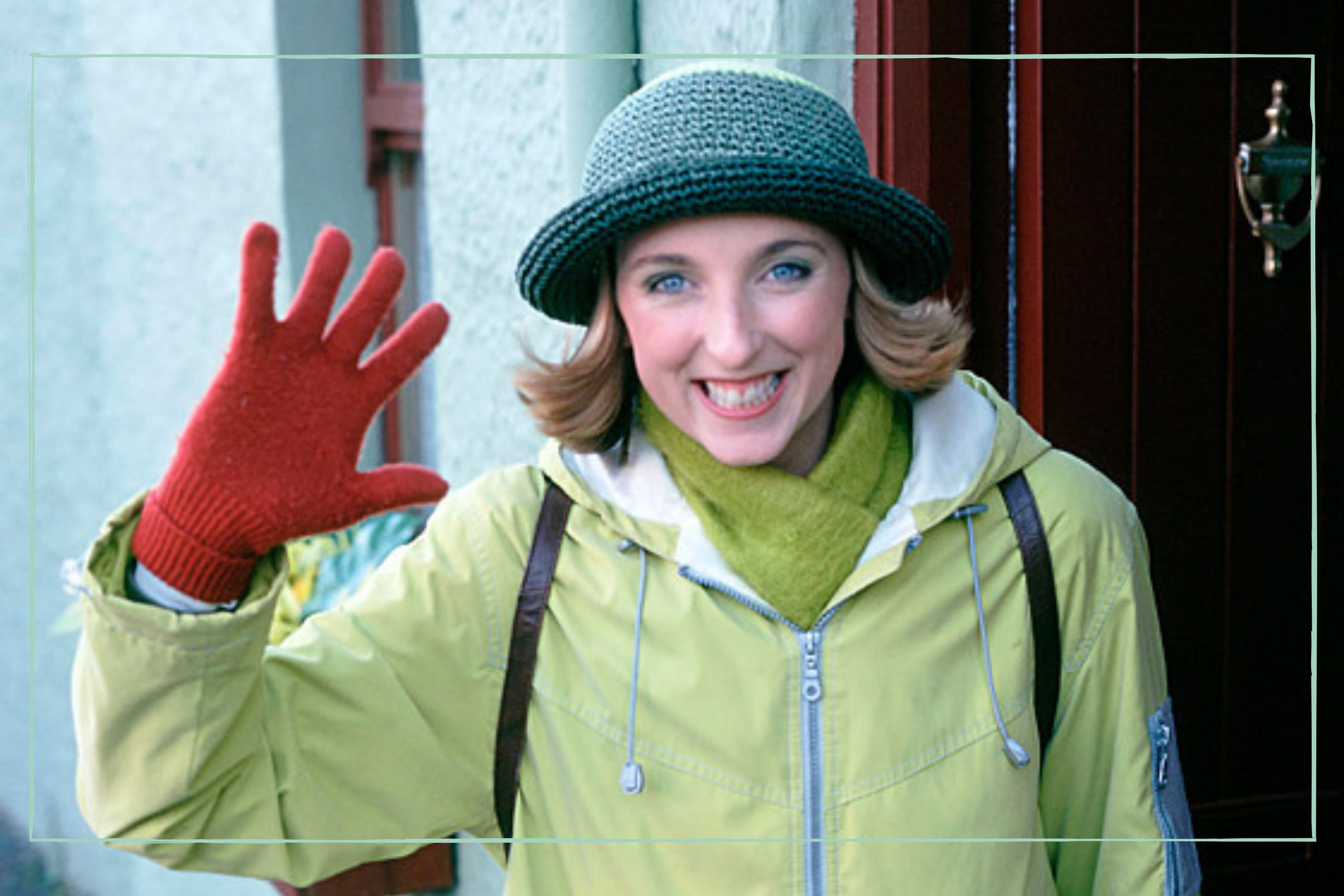 Balamory is back after two decades - why we can’t wait for the reboot of the iconic BBC series
Balamory is back after two decades - why we can’t wait for the reboot of the iconic BBC seriesWhat's the story in Balamory? Now you can find out, as the BBC announces the return of the beloved children's series nearly 20 years after the final episode aired.
By Lucy Wigley Published
-
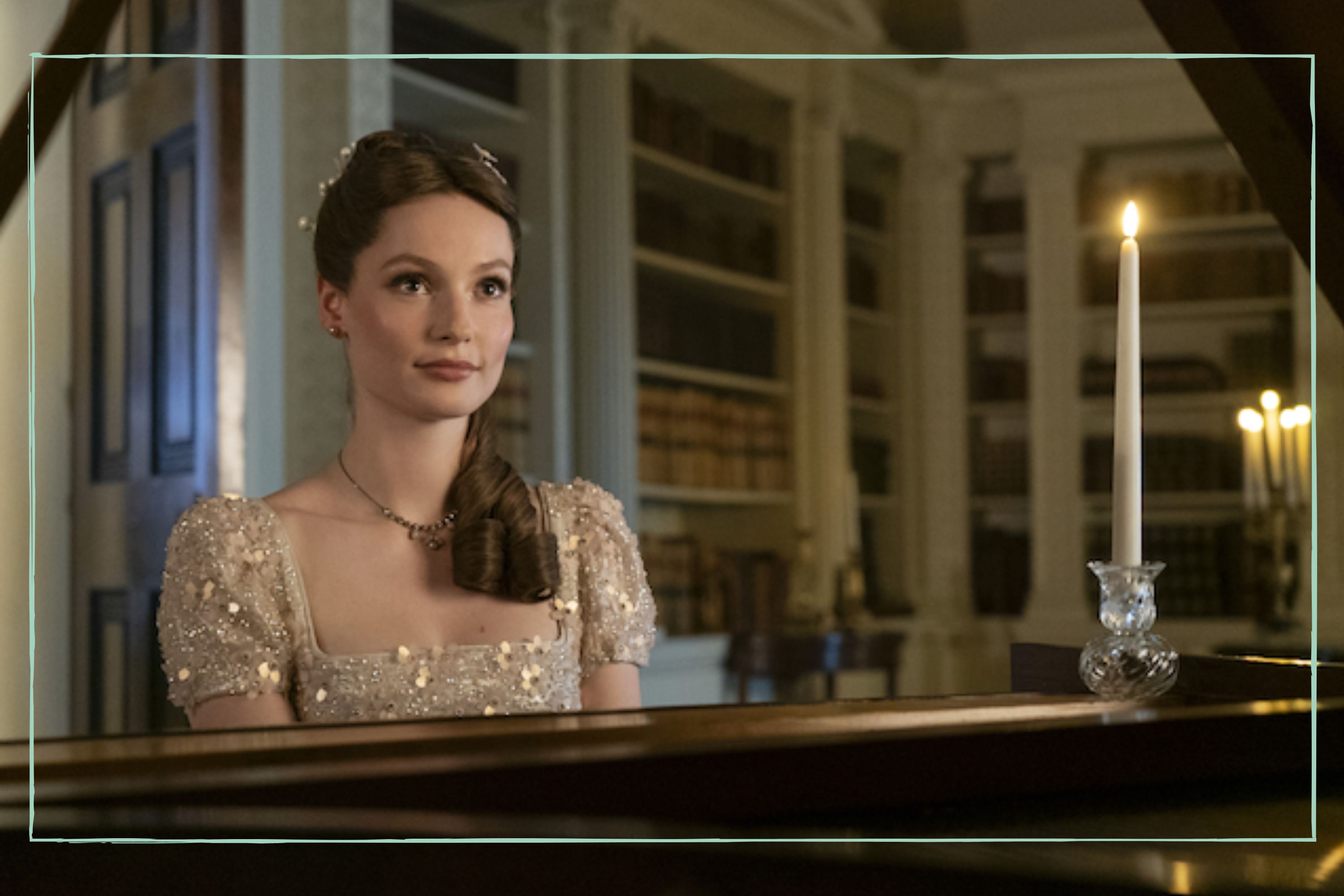 Is Francesca in Bridgerton gay? With more great representation in the show, this expert shares how to start the conversation around sexuality with your teen if they’re watching
Is Francesca in Bridgerton gay? With more great representation in the show, this expert shares how to start the conversation around sexuality with your teen if they’re watchingIs Francesca in Bridgerton gay? It's a question many have asked, and you might need to have conversations around sexuality with your teen if they’re watching.
By Lucy Wigley Published
-
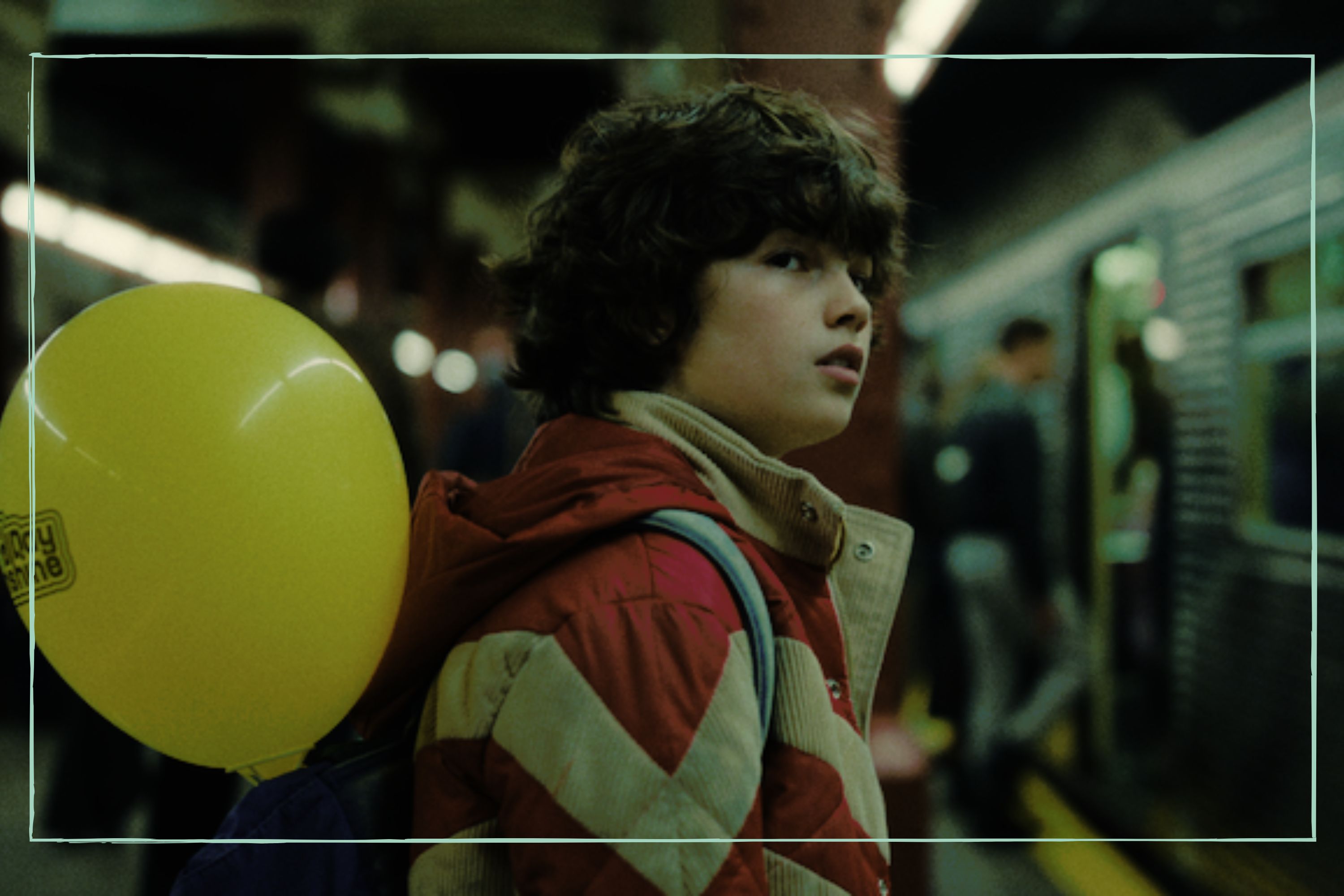 Is Eric a true story? Benedict Cumberbatch lives every parent’s worst nightmare in new Netflix show
Is Eric a true story? Benedict Cumberbatch lives every parent’s worst nightmare in new Netflix showIs Eric a true story? Every parent’s worst nightmare plays out in Netflix's latest show, against a backdrop of 80s New York grappling with AIDS and racism.
By Lucy Wigley Published
-
 Normal People season 2 rumours are circulating, and we have our own Marianne and Connell 'first love' stories to share
Normal People season 2 rumours are circulating, and we have our own Marianne and Connell 'first love' stories to shareNormal People season 2 rumours are flying around, and we have our own Marianne and Connell moments to share - because everyone remembers their first heartbreak.
By Lucy Wigley Published
-
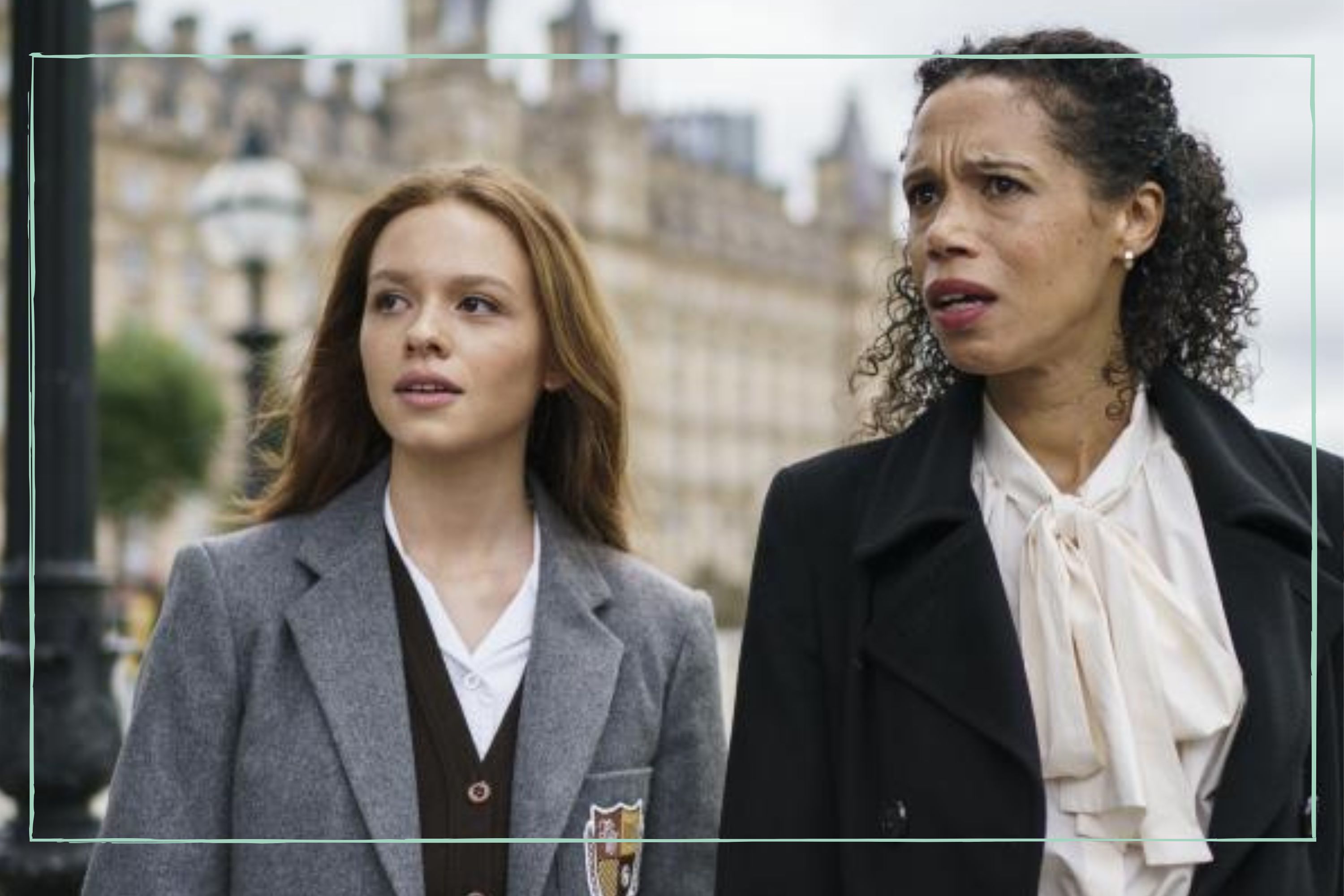 Channel 4 drama The Gathering explores 'toxic teenagers and their even more toxic parents' in an online world dominated by social media
Channel 4 drama The Gathering explores 'toxic teenagers and their even more toxic parents' in an online world dominated by social mediaNew Channel 4 drama explores the challenges of impossible standards set by social media, and how parents themselves become toxic in their need to protect their kids.
By Lucy Wigley Published
-
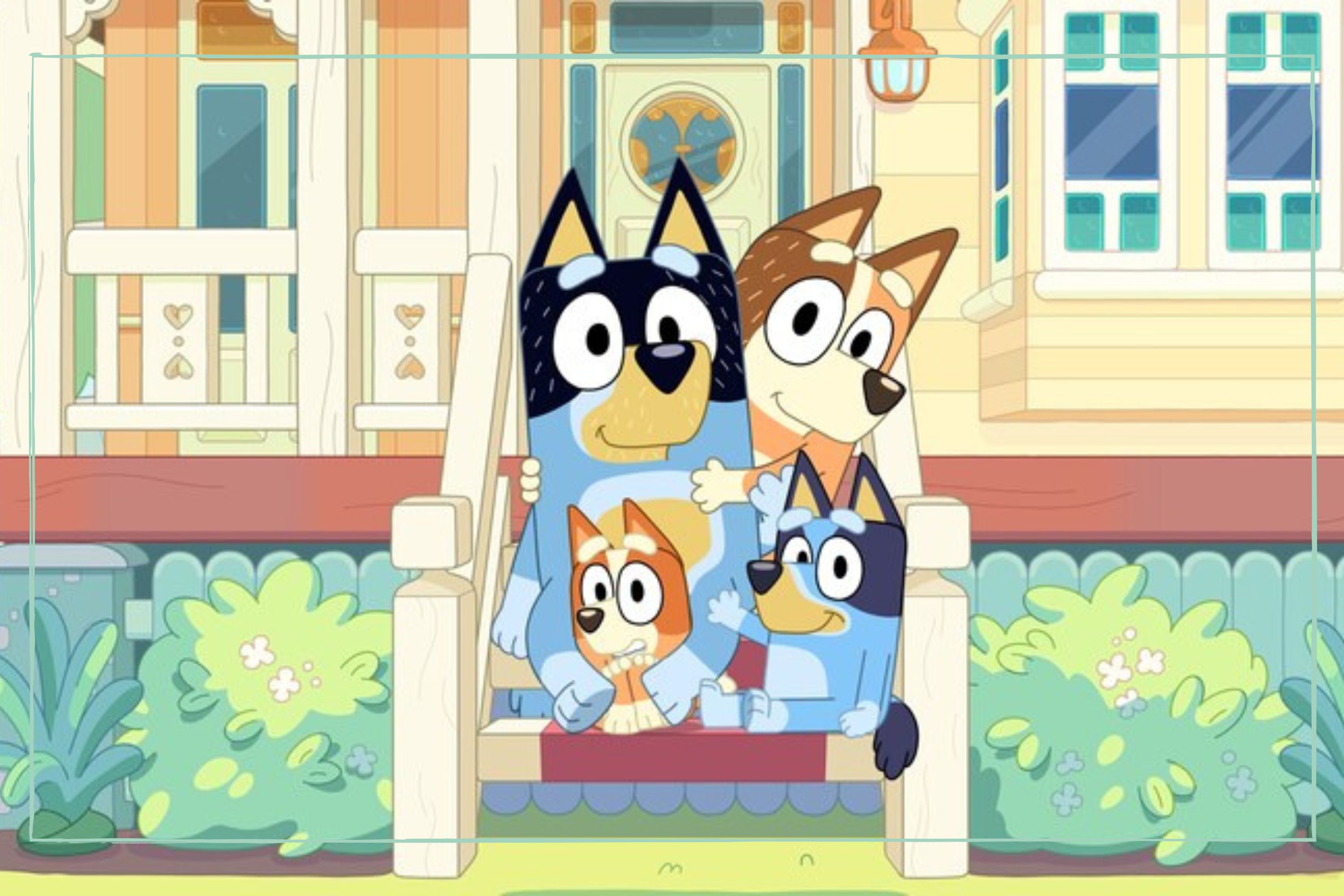 Is Brandy pregnant? Bluey fans think the Heelers could be about to welcome a new cousin following the season 3 finale
Is Brandy pregnant? Bluey fans think the Heelers could be about to welcome a new cousin following the season 3 finaleEagle-eyed Bluey viewers are wondering if Aunt Brandy is pregnant, following a touching moment in the season three finale.
By Ellie Hutchings Published
-
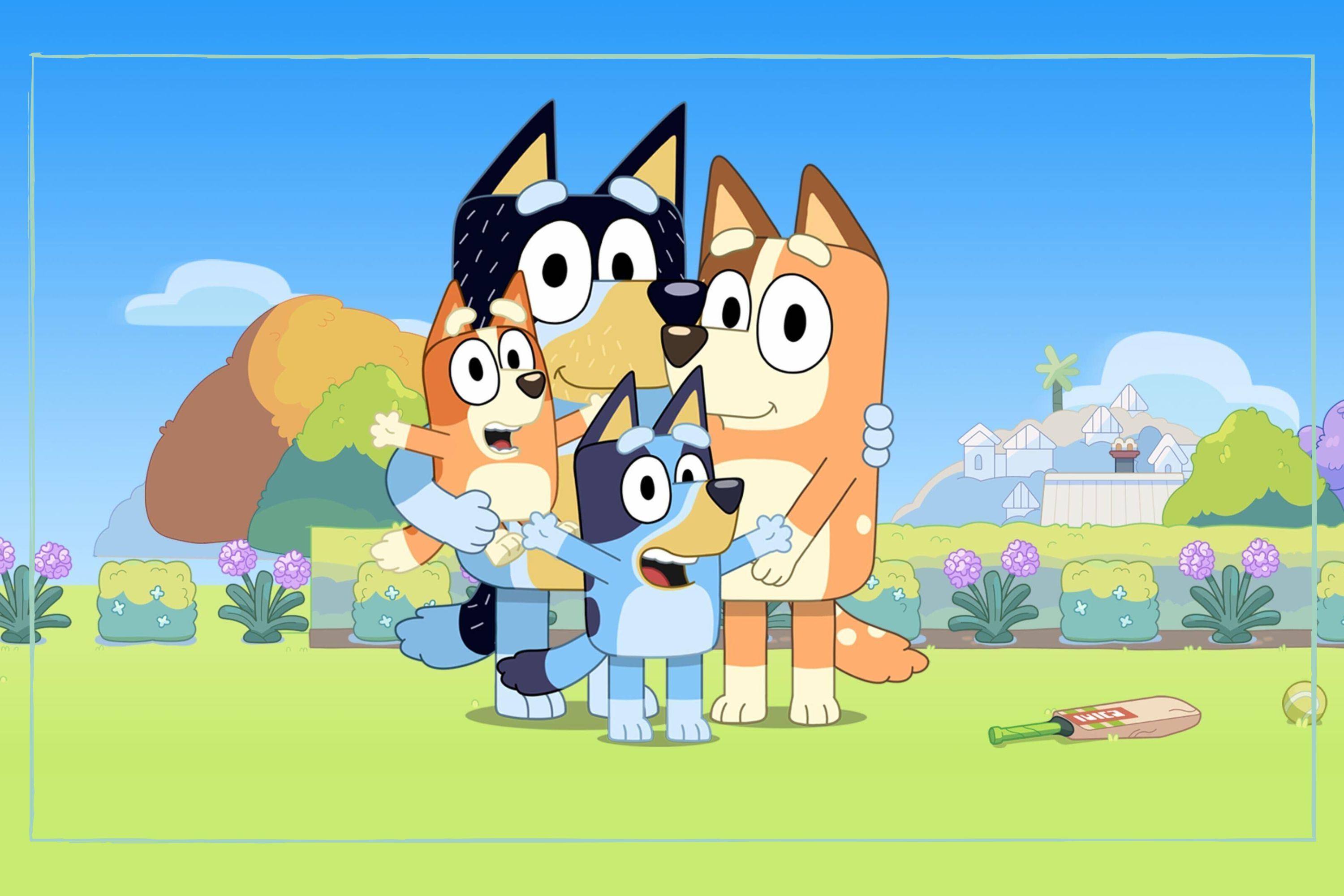 Is Bluey ending? What we know about the rumours around the kids' cartoon, as the Heelers put their house up for sale
Is Bluey ending? What we know about the rumours around the kids' cartoon, as the Heelers put their house up for saleBluey's producer has shared an update on the show's future
By Ellie Hutchings Published
-
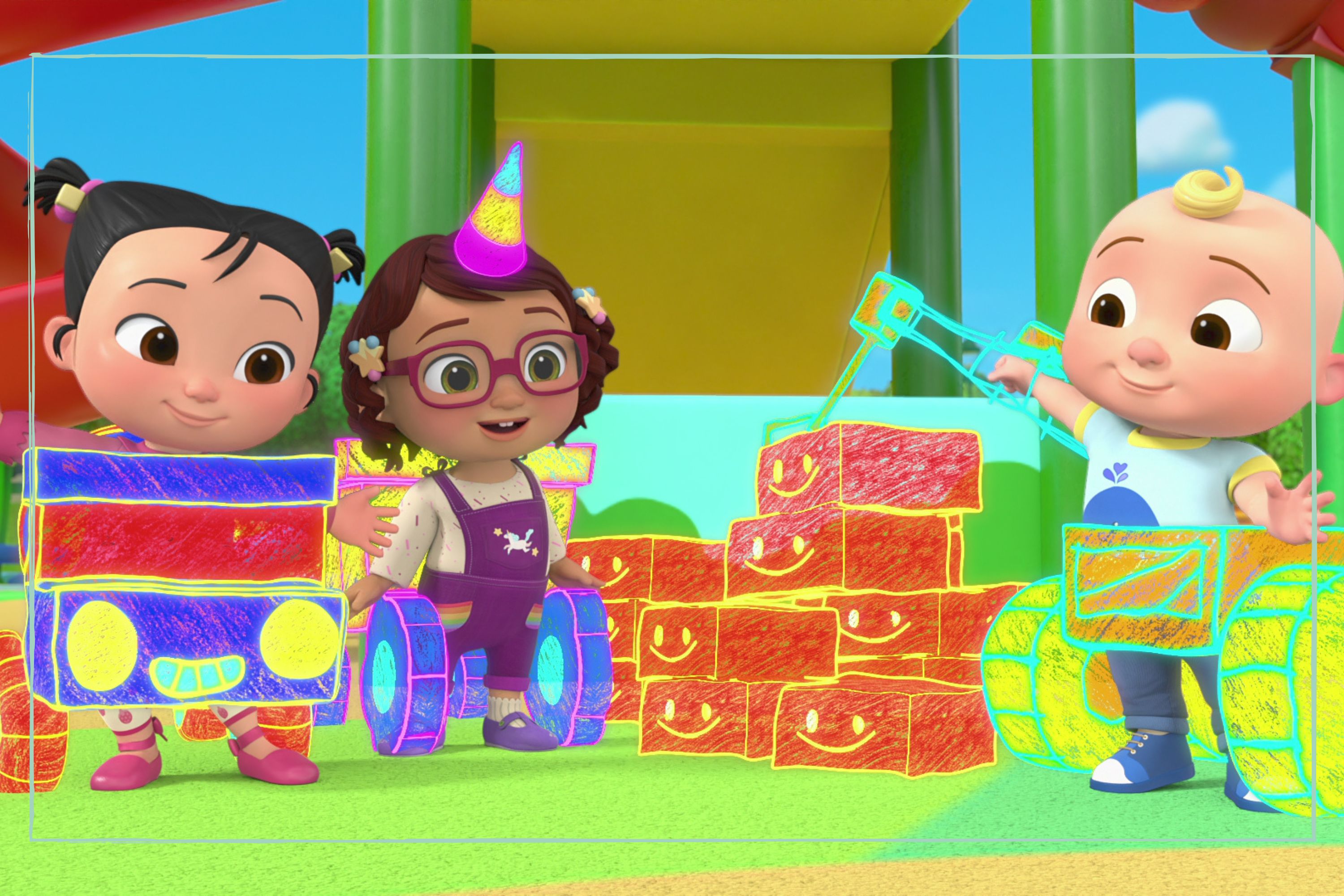 CoComelon has been accused of being 'overstimulating' - the experts explain why it's ok to let your kid watch the popular cartoon
CoComelon has been accused of being 'overstimulating' - the experts explain why it's ok to let your kid watch the popular cartoonCoComelon is adored by kids around the world, but some experts have shared reasons they don't think children should be watching - we look at both sides of the argument.
By Lucy Wigley Published